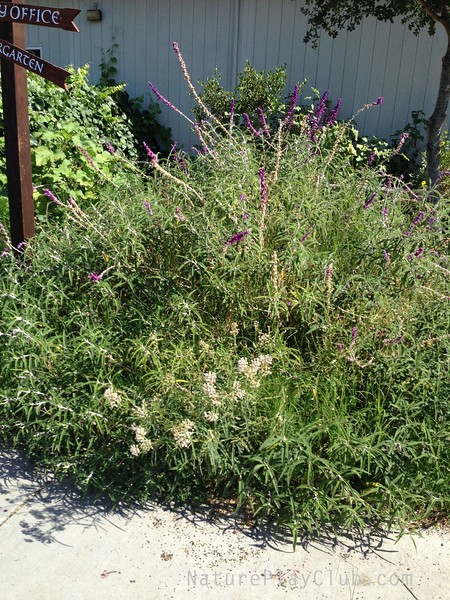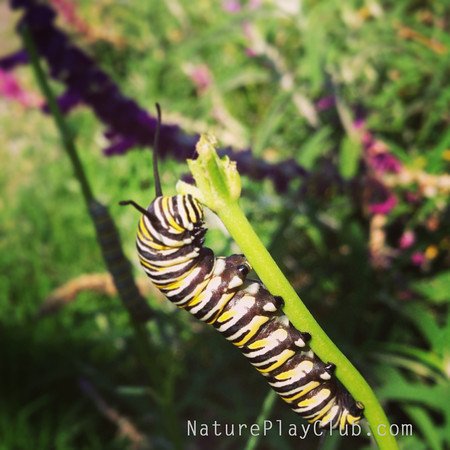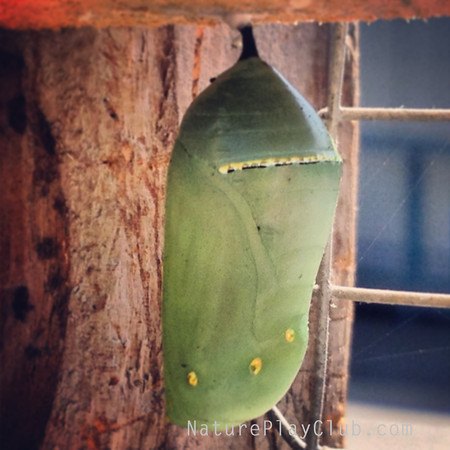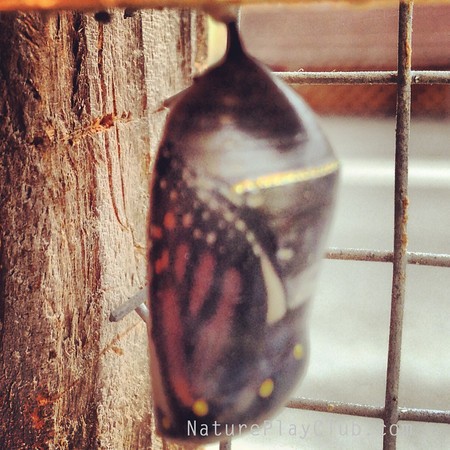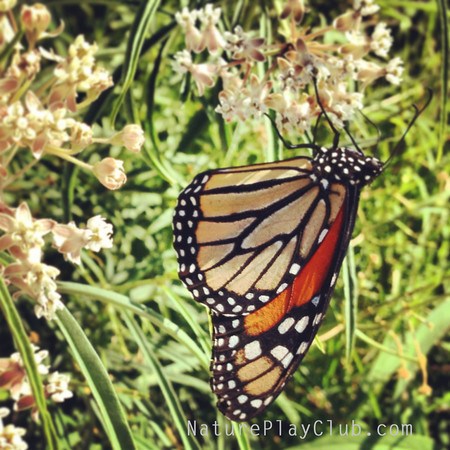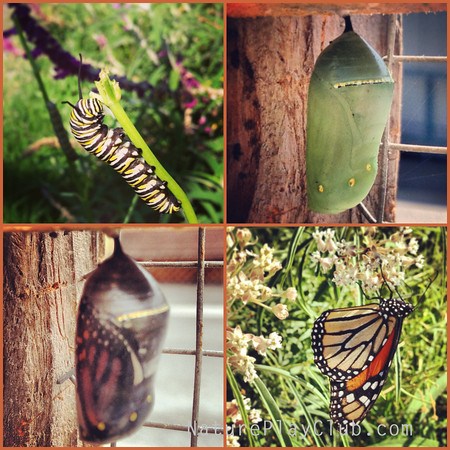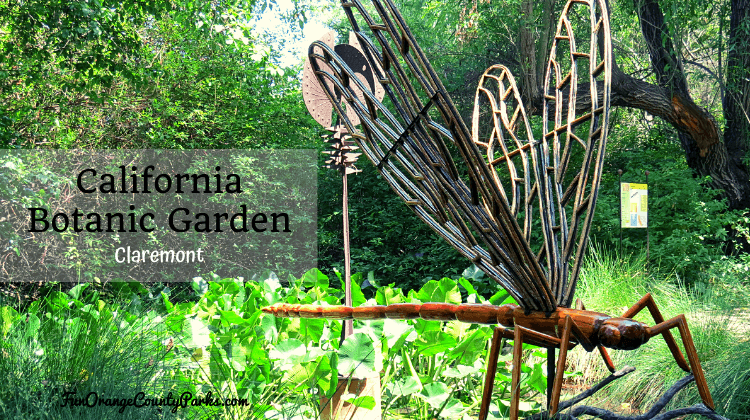I'm out in nature all the time and we've bought the butterfly kits and watched them grow -- but seeing a Monarch butterfly life cycle out in a natural setting is magical. All of the wise metaphors for the transformation of a butterfly have new meaning when you get to experience it for yourself.
The things you learn when you volunteer at school! I'm the volunteer Garden Coordinator for our school garden. On a regular weekly work day, I was about to pull a weed when I noticed a brilliant caterpillar chomping away at it. Still, I probably would have just taken it for a pest and dumped the caterpillar and the weed if I hadn't been a driver for a field trip to the Ruben H. Fleet Museum in San Diego to see a very special movie. You'll get chills just from seeing the trailer to Flight of the Butterflies:
See it in a theater if you can!
So, back to my story, I see this caterpillar and I instantly flash on the movie where the narrator talks about declining crop space which means declining milkweed which often grows on farms along the crops. Milkweed is the food source for the Monarch. The movie suggests planting milkweed in your backyard or anywhere possible to support the Monarch population. (The milkweed is the white flowers here poking out of the lavender. It looks like a weed!)
So I look around the garden where I'm standing and see 2 more small milkweed plants growing with no less than 7 caterpillars chomping away! Wow!
When I come to the garden exactly one week later, I'm a little sad because the caterpillars are gone. Really, that fast? So I start investigating and find 5 lovely green pupas or chrysalis. The gold glitter seams are magnificent.
Exactly one week later, the pupa looks like this:
I'm at school at noon when I take this photo. When I'm back at school around 5pm - the butterfly has flown and a broken case is all that's left!
The next week, I discover a patch of milkweed at the front of school (pictured above) visited by this butterfly:
You'd think that would be the end of my story, but it's not! A few days after this photo, I noticed more caterpillars! Many more caterpillars on this plant - and almost 20 caterpillars back where I discovered the original 7. In fact, they'd decimated the existing milkweed plant. That's what happens when hungry caterpillars are eating!
So Mr. Play Parks and my daughter made an emergency trip to our local California native plant nursery -- Tree of Life. We invested in a dozen new native milkweed plants, which we promptly placed near the site of the original milkweed.
And it worked! They latched on and ate up the new plants! Now we are supporting valuable pollinators in our school garden.
It's very humbling and beautiful.
Want your own Monarch butterflies? Support a local business that's supporting native plants and wildlife - visit Tree of Life and get your own milkweed at about $8 a plant. They look like scraggly little things, but they pack a big punch for those caterpillars. Call ahead to make sure they have some in stock and that they are open. (And tell them this post from Michele @ FunOrangeCountyParks.com sent you there!) Plant some in your backyard, even if you only have space for container gardening - it makes a difference. Or consider planting some at your school!
With very little effort - YOU can make a difference in this epic Monarch story.
Disclosure: I received no compensation from Tree of Life, but they are an essential part of this story! What would we have done without immediate access to milkweed?

